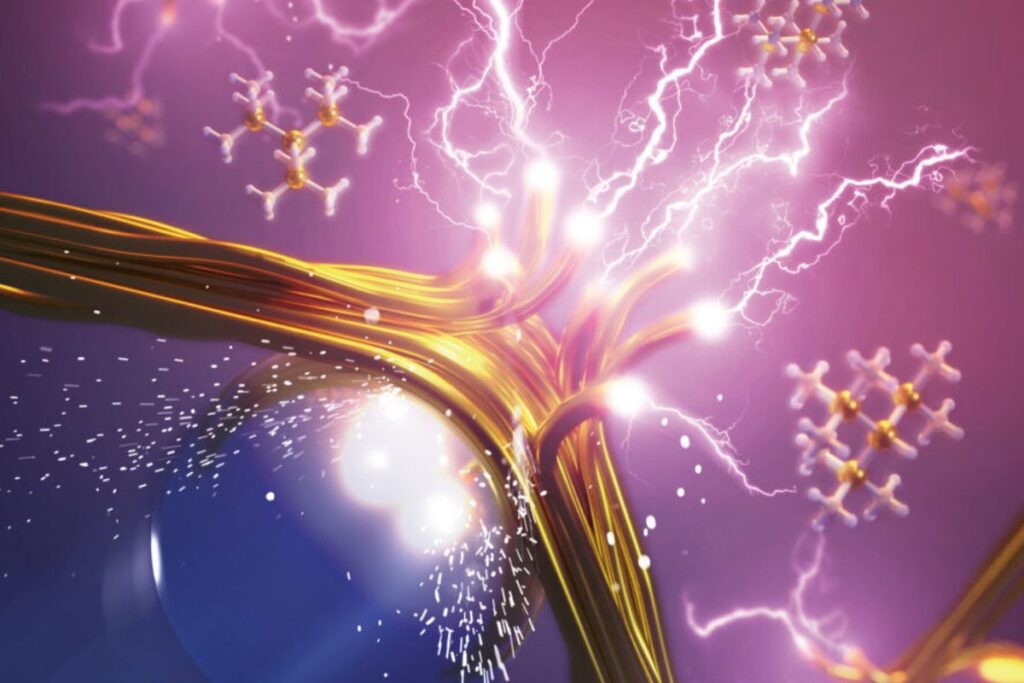Single-use plastics have long haunted environmental conversations, but what if your used grocery bag could become a superhero in the fight against hazardous chemicals? Researchers have unveiled a method that could literally. Instead of being tossed aside, those common plastic bags might kickstart a reaction that detoxifies dangerous substances. The very plastic shreds from your grocery trips, once considered waste, are tossed into a ball mill jar.
They’re thrown into a ball mill, a machine that vigorously mixes solid chemicals, creating a perfect storm. As the steel ball inside the jar collides with the plastic, it breaks chemical bonds, birthing radicals—highly reactive agents that kickstart a domino effect of dehalogenation. Why does this matter? Well, it’s a game-changer for .
Take those flame retardants, for instance. The radicals generated by plastic bits remove multiple halogen atoms from these compounds, reducing their toxicity and making our world a bit safer. These compounds, often used in various industries, could be neutralized thanks to this innovative method.
The secret lies in the power of polyethylene. When introduced into the ball mill, this plastic initiates a radical reaction, effectively stripping away multiple halogen atoms from toxic compounds. Imagine it as a superhero swooping in to rescue chemicals trapped in harmful states, making them less toxic and safer for the environment.
Professor Hajime Ito, beaming with excitement, emphasized the potential this method holds for industry. Using stable, abundant, and inexpensive plastic materials as initiators for radical chain reactions is a game-changer. It’s not just about recycling anymore; it’s about making chemical processes safer and more efficient.
At the heart of this discovery is a team from the Institute for Chemical Reaction Design and Discovery (WPI-ICReDD) at Hokkaido University. Their groundbreaking approach replaces potentially explosive compounds with common plastic materials, ensuring a safer process while giving new life to plastics like polyethylene and polyvinyl acetate. The machinery behind this innovation is the ball mill, which shakes steel balls inside a steel jar to mix solid chemicals.
When these balls collide with plastic, they break chemical bonds, setting off a chain reaction that tackles dehalogenation. In simpler terms, they replace harmful halogen atoms with more benign hydrogen atoms in organic compounds. Use of commodity plastics for organic synthesis Associate Professor Koji Kubota is enthusiastic about this breakthrough, calling the use of commodity plastics as chemical reagents a game-changer in organic synthesis.
“We’re not just developing safer reactions; we’re finding a new purpose for waste plastics—a serious social problem,” he remarks. Beyond safer reactions, this method opens doors to , addressing a serious social and environmental concern. In a world fighting plastic pollution and hazardous chemicals, this research offers a beacon of hope.
It’s not just about repurposing waste anymore; it’s about turning it into a catalyst for change, revolutionizing both recycling and chemical safety. .
From: interestingengineering
URL: https://interestingengineering.com/science/catalysts-plastic-waste-detoxify-chemicals
